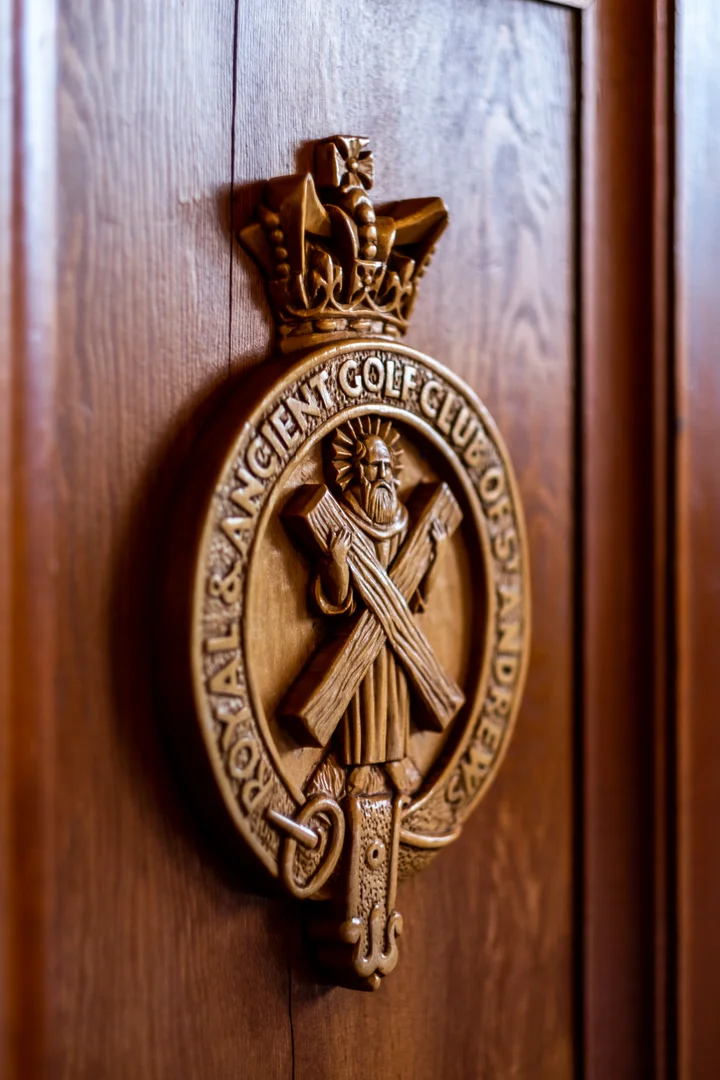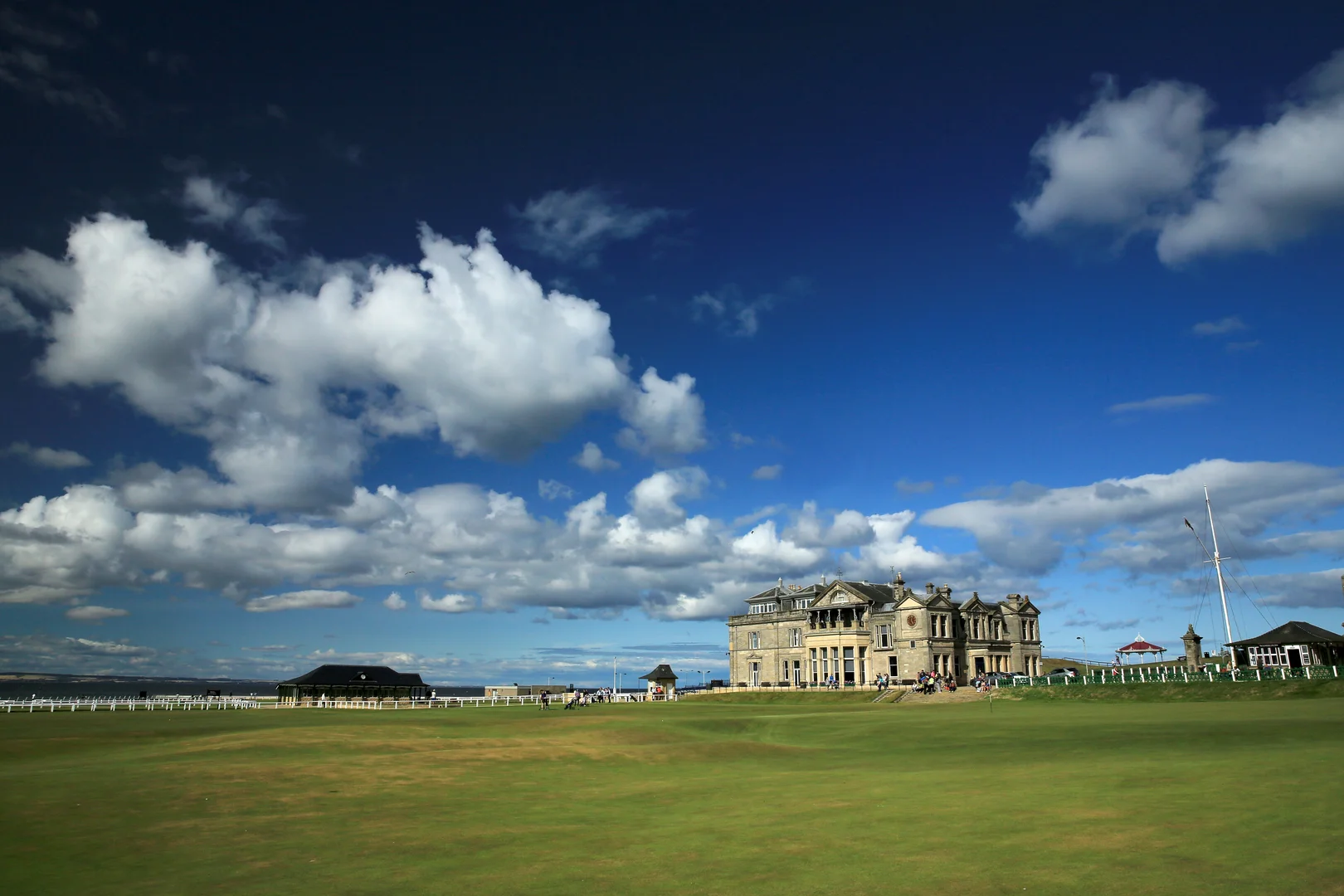The Royal and Ancient Golf Club of St Andrews was founded on 14 May 1754, with the first Challenge for the Silver Club. Evolving over 250 colourful years of British history, it has grown from a small society into a club with 2,500 members worldwide.
The Royal and Ancient Clubhouse, situated behind the 1st tee of the famed Old Course, is an iconic building, recognisable to golfers worldwide. From the late 19th century, the Club increasingly came to be regarded as a governing authority, both in the UK and abroad. Between 1897 and 2003 it developed three distinct areas of responsibility – the administration of the Rules of Golf in conjunction with the USGA, the running of The Open and other key golfing events, and the development of the game in existing and emerging golfing nations. In 2004, a major reorganisation saw the Club devolve responsibility for these functions to a newly-formed Group of Companies, known as The R&A, to separate Group and Club affairs.Today, the Club has five objectives:
- To be a members’ golf club, having a clubhouse with high-quality facilities and access to first-class golfing facilities for play, including competitions and matches, and for two Meetings of the members in the Spring and Autumn.
- To maintain the position of St Andrews as the home of golf and to assist the Trustees and the Management Committee of the St Andrews Links Trust in the development of appropriate golfing facilities.
- To provide temporary accommodation for members of the Club and others.
- To acquire and preserve records and artefacts relating to the history of golf, either directly or indirectly.
- To contribute through its members to the work of The R&A in its Governance, Championship and Golf Development roles.


The Captain
Each year, the Club announces a new Captain, and the year-long tenure in office begins with the traditional Driving-in ceremony on the 1st tee of the Old Course.
Heritage
World Golf Museum
The R&A World Golf Museum in St Andrews is open to visitors all year round. Beginning as a cabinet of curiosities in the 1800s and known as the British Golf Museum for the past 30 years, it then entered a new era in 2021 as The R&A World Golf Museum.
Situated opposite The Royal and Ancient Clubhouse, visitors can explore the rich history of golf from its very beginnings up until the modern day.
